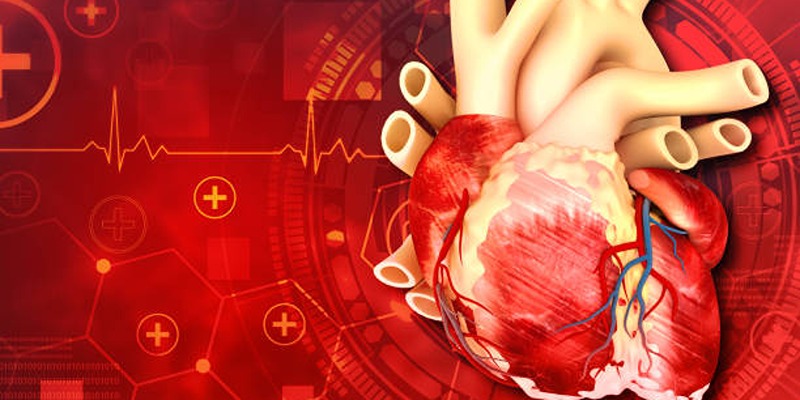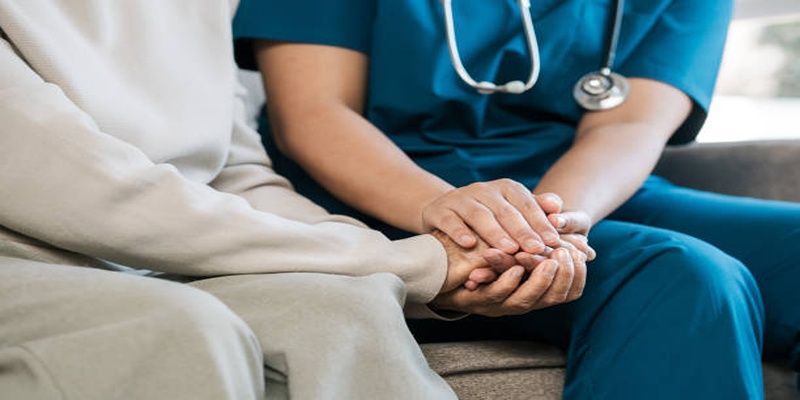What is Situs Inversus? Causes, Symptoms, and Facts
Situs inversus is a rare condition where the organs inside the chest and abdomen are flipped or mirrored from their normal positions. This means that the heart, liver, stomach, and other organs are arranged in a reverse pattern. While many people with situs inversus live healthy lives without even realizing it, others may experience health issues depending on other related conditions. Understanding situs inversus helps doctors diagnose and treat any complications that may arise. This condition is usually present since birth and is extremely uncommon.
Causes of Situs Inversus

It has been discovered that the exact cause of situs inversus is not well understood. Although some people believe that it is a hereditary disease, which is passed down from one generation to another from either the mother or the father. Some indicators have shown that genetic changes may be a cause of situs inversus. Occasionally this condition can also be linked with other congenital conditions like Kartagener syndrome of primary ciliary dyskinesia (PCD).
These conditions impact the way cilia work – they are tiny, hair like projections that help to move mucus and other substances within a body. If these cilia do not move as they should, the result could be an anomaly that includes situs inversus.
Possible links to developmental processes
Another theory attributes situs inversus to developmental problem that happens during fetal development. Genetic regulatory processes as well as cell signaling pathways are utilized during the development of organs in an embryo and positioning of the organs in the body. However, any interference or mistake in this process, can result in abnormalities as situs inversus.
Symptoms of Situs Inversus
However, in the cases of situs inversus there are no symptoms that will indicate a complicated case. Indeed some people may find out about this condition during routine physical examinations or operations for other ailments. However, in some cases where situs inversus is associated with other conditions like PCD or Kartagener syndrome, symptoms may include:
- Recurrent respiratory infections
- Sinusitis
- Chronic cough
- Infertility
- Dextrocardia (the heart is located on the right side of the chest instead of the left)
Diagnosis
Situs inversus can often be diagnosed through routine physical exams or imaging tests like X-rays, ultrasounds, or CT scans. Doctors may also perform genetic testing to look for any underlying genetic mutations associated with situs inversus.
If situs inversus is found during a medical procedure or exam, doctors will usually conduct further tests to check for any associated conditions and ensure the proper functioning of vital organs.
Treatment
For individuals with situs inversus, treatment is not usually necessary unless there are complications or underlying conditions present. In such cases, treatment will focus on managing the specific condition or symptoms associated with situs inversus.
For example, individuals with PCD may require specialized care for respiratory issues while those with dextrocardia may need to undergo certain procedures to correct any heart abnormalities.
Fascinating Facts about Situs Inversus
- The term "situs inversus" comes from the Latin words for "opposite position."
- Situs inversus occurs in approximately 1 in every 10,000 people globally.
- Famous personalities with situs inversus include singer Ozzy Osbourne and NBA player Manute Bol.
- In some cultures, situs inversus is considered a sign of good luck or special powers.
- Individuals with situs inversus can still lead normal and healthy lives, as long as there are no complications or underlying conditions present.
Living with Situs Inversus
For individuals with situs inversus, it is important to inform their doctors about their condition and any associated conditions. Regular check-ups and exams may be necessary to monitor the functioning of organs and detect any potential issues early on.
It's also essential for individuals with situs inversus to lead a healthy lifestyle, including maintaining a balanced diet, staying physically active, and avoiding habits that can harm their health. Being aware of any warning signs or symptoms and seeking medical attention promptly can help prevent complications associated with this condition.
How to Support Someone with Situs Inversus
If you know someone with situs inversus, it's essential to educate yourself about the condition and any associated complications. Be supportive and understanding of their needs, especially if they have underlying conditions that require special care.
It's also crucial to encourage them to seek regular medical check-ups and support them in maintaining a healthy lifestyle. Listen to them and be there for emotional support if they need it.
Research and Future Outlook

While situs inversus is a rare condition and often diagnosed without any significant complications, ongoing research is essential to understand its causes fully. Further studies on the genetics and developmental processes involved in this condition could provide insights into potential treatments or preventive measures.
With advancements in medical technology, doctors can now detect and treat related conditions earlier, improving the quality of life for individuals with situs inversus. As more people become aware of this condition, it's hoped that there will be increased support and resources available for those living with situs inversus. Overall, continued research and awareness can help improve outcomes for individuals with this unique but manageable condition.
Conclusion
Situs inversus, while uncommon, is a fascinating condition that highlights the complexity and diversity of human anatomy. With proper medical care and awareness, individuals with this condition can lead healthy and fulfilling lives. Continued research, combined with a focus on education and support, will play a vital role in ensuring better health outcomes and helping those affected feel empowered and understood. Working together, the medical community and the public can promote greater understanding and compassion for those living with situs inversus.












